#33 in Uzbekistan
Angel Wings: Basic Information
Pronunciation
Alternative Name(s)
Dish Type
Course
Mealtime
Angel Wings: Origin and Region
Origin
Continent’s Region
Country’s Region
Associated Region
Popular Angel Wings Variations

Pestiños

Klenäter

Fattigmann

Kukurini

Kroštule

Bugnes
Angel Wings: Ingredients and Preparation
Main Ingredients
Main Cooking Method
Preparation Process
Angel Wings: A Deep Dive
Cultural Significance
Taste
Texture
Aroma
Color
Serving Style
Serving Temperature
Accompaniment
Occasions
Seasons
Special Diets
Calories
Popularity
Popular Similar Dishes
- Beignets
- Maejap-gwa
Popular Dining Area
Angel wings are simply European fried pastries that are twisted to form a ribbon shape. Typically, these wings come with sprinkled sugar for a touch of sweetness. Popular around the world, people feature angel wings before the celebration of Lent.
Additionally, these pastries are a favorite during many carnivals and Fat Thursday. In terms of ingredients, the pastry is a simple combination of flour, water, and egg yolks.
As for the confectioner sugar, it’s added after the frying process.
Aside from the signature features of angel wings, you don’t want to skip the exciting varieties of this pastry in many countries, along with the many names and processes of creating it.
Additionally, make sure to discover some accompaniments to enjoy with angel wings and the good and bad features of this treat.
Plus, there are some common inquiries and similar dishes to angel wings that I want to share with you.
Key Points
Angel Wings Images
What Are the Types of Angel Wings in Each Country?
The popularity of angel wings is undoubtedly present across the world, with each country having its own way of interpreting.
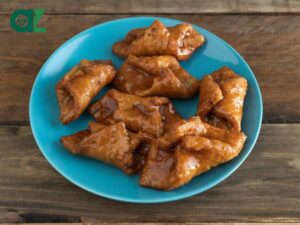
Pestiños
Origin: Spain

Klenäter
Origin: Sweden

Fattigmann
Origin: Norway

Kukurini
Origin: Bulgaria

Kroštule
Origin: Croatia

Bugnes
Origin: France

Csöröge
Origin: Hungary

Chiacchiere
Origin: Italy

Žagarėliai
Origin: Lithuania
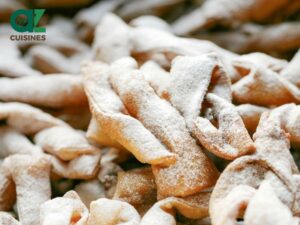
Faworki Or Chrusty
Origin: Poland

Verhuny
Origin: Ukraine
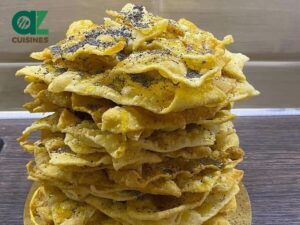
Skruzdėlynas
Origin: Lithuania
Once you have picked your favorite variety of angel wings, don’t hesitate to jump straight into the name of this pastry in many countries.
How Are Angel Wings Called in Other Countries?
When it comes to naming, angel wings come with various names in countries where this pastry is available:
| Countries | Names |
|---|---|
| Bashkurt | ҡош теле, kushtili (bird tongue) |
| Chile | Calzones Rotos (torn panties) |
| Bulgaria | фаворки (favorki) |
| Croatia | Krostole, Kroštule |
| Czech Republic | Boží Milosti |
| Belarus | хрушчы (chruščy), фаворкі (favorki) |
| France | Bugnes, Merveilles, Oreillettes |
| Denmark | Klejner |
| Germany | Fasnachtschüechli, Raderkuchen, Mutzenblätter |
| Greece | δίπλες (diples) |
| Italy | Chiacchiere, Crostoli, bugie, Frappe, Cenci, Grostoli, Galani, Sfrappole, Nocche |
| Hungary | Csöröge Fánk, Forgácsfánk |
| Malta | Xkunvat |
| Judeo-Spanish | Fazuelos, Fiyuelas |
| Latgalian | Žagareni |
| Lithuania | Žagarėliai (twigs, sticks) |
| Latvia | Žagariņi, Zaķauši (rabbit ears) |
| Norway | Fattigmann (poor man) |
| Tatar | кош теле, Kus Tili (bird tongue) |
| Tibet | Khapse, Khapsey |
| Poland | Faworki, Chruściki, Chrusty |
| Romania | Minciunele, Uscatele, Cirighele |
| Sweden | Klenäter |
| Portugal | Orelha de Gato, Coscorão, Filhós, Cavaquinho, Cueca Virada, Crostoli |
| Russia | хворост (khvorost, twigs, sticks) |
| Russian-Canadian Doukhobor | Oрешки (Oreshki, nuts) |
| Slovakia | Fánka, Čeregi |
| Spain | Pestiños |
| Slovenia | Flancati |
| Ukraine | вергуни (Verhuny) |
| Uzbekistan | Qush tili (bird tongue) |
| Yiddish | כרוסט (khrost) |
Once you’ve learned about all sorts of ways to say angel wings, make sure not to miss a basic guide through how this treat is made.
How to Make Angel Wings?
To make angel wings, it’s all about combining the ingredients, shaping the wings, and deep-frying these pastries to perfection. For that, let me take you through 5 simple steps to make basic angel wings.
- Step 1: Mix the dough in a bowl, combining flour, egg yolk, water, salt, and flavor enhancers like rum or vanilla.
- Step 2: Knead the dough until it becomes smooth and elastic. Roll it into a thin sheet and cut the dough into strips to twist it into the signature ribbon shape.
- Step 3: Deep-fry the angel wing dough strips in oil until they turn golden brown.
- Step 4: Drain excess oil using paper towels.
- Step 5: Sprinkle angel wings with confectioner sugar and serve them warm to ensure the crisp texture.
Angel wings alone are not enough, as there are more to elevate the flavors by pairing them with other foods.
What to Pair with Angel Wings?
To enjoy angel wings to the fullest, here are some side options that you should consider having by your fried pastries:

Hot Beverages
Tea or coffee, especially cappuccinos or lattes, perfectly balance the sweetness of Angel Wings.

Desserts
Ice cream, particularly vanilla or fruit flavors, enhances the dessert experience. Fruit compotes, especially those made from berries or apples, add a tangy complement.
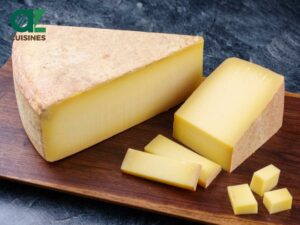
Savory Dishes
A cheese platter, with its salty cheeses, contrasts the sweetness of the pastry. Light broths or creamy soups also provide a different texture to enjoy alongside.

Dips And Sauces
Chocolate sauce is drizzled for added sweetness, while a tangy berry coulis complements the pastry’s flavor.
While there are many options to enjoy angel wings, the treats even come with many benefits and drawbacks that you should know before consuming.
Pros and Cons of Eating Angel Wings
These are the advantages and disadvantages to consider before eating angel wings:
Pros
Cons
With those features said, there are more intriguing inquiries for you to find out about angel wings to kill your free time.








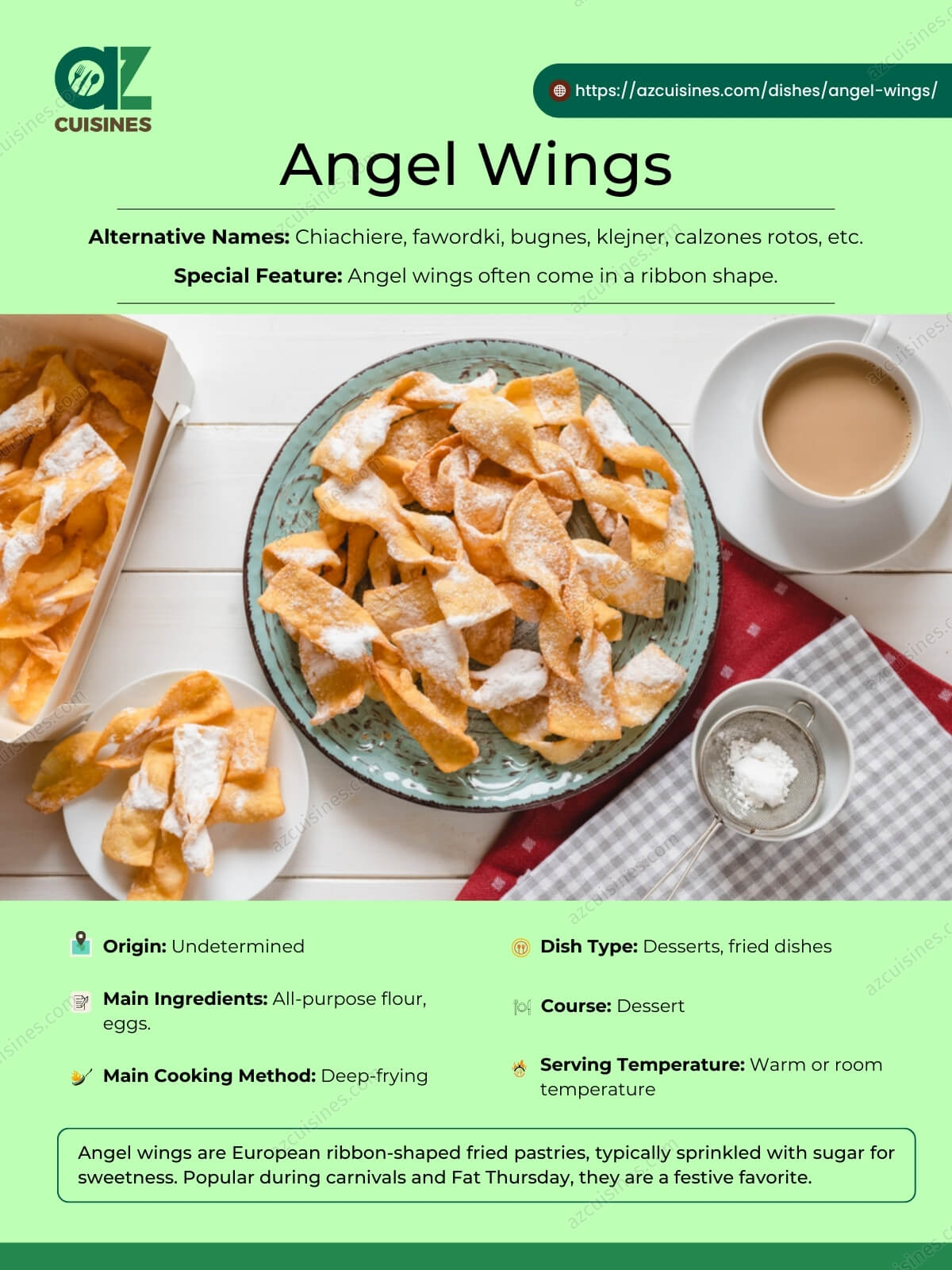

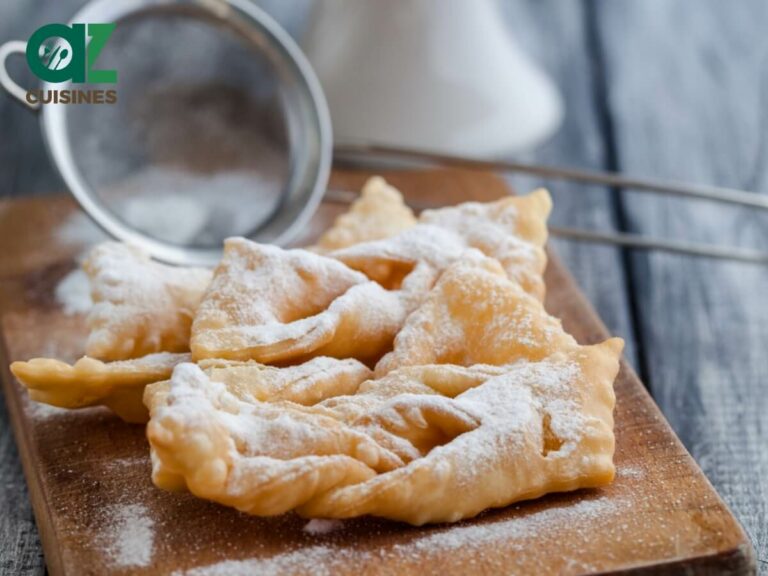

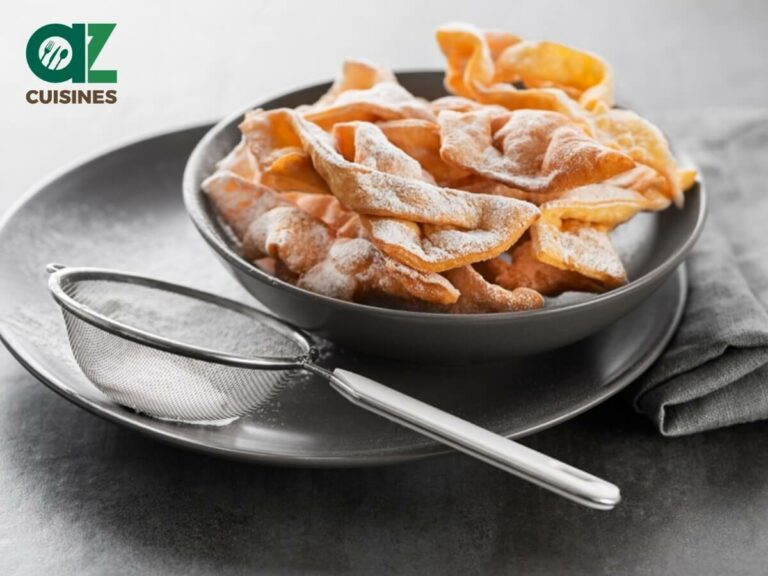

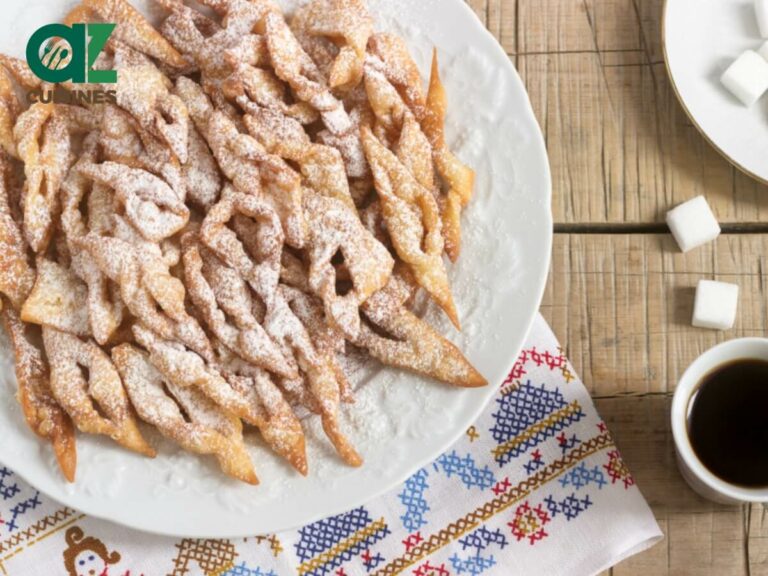
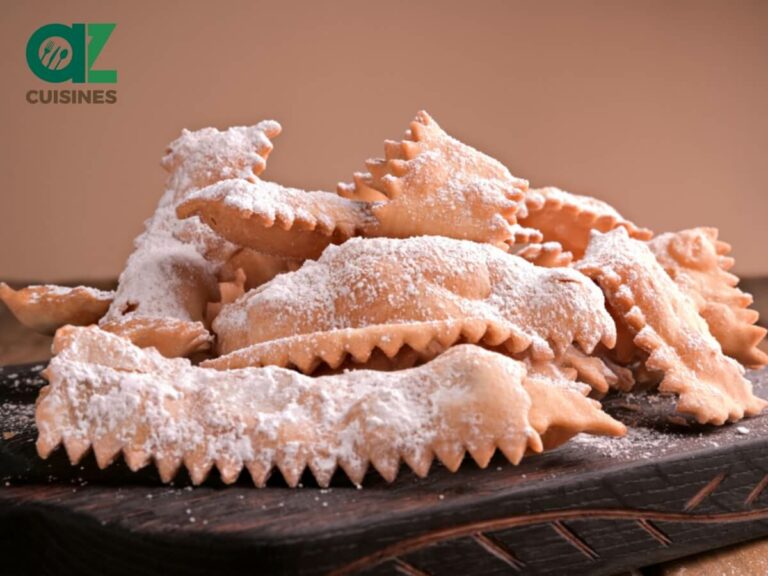
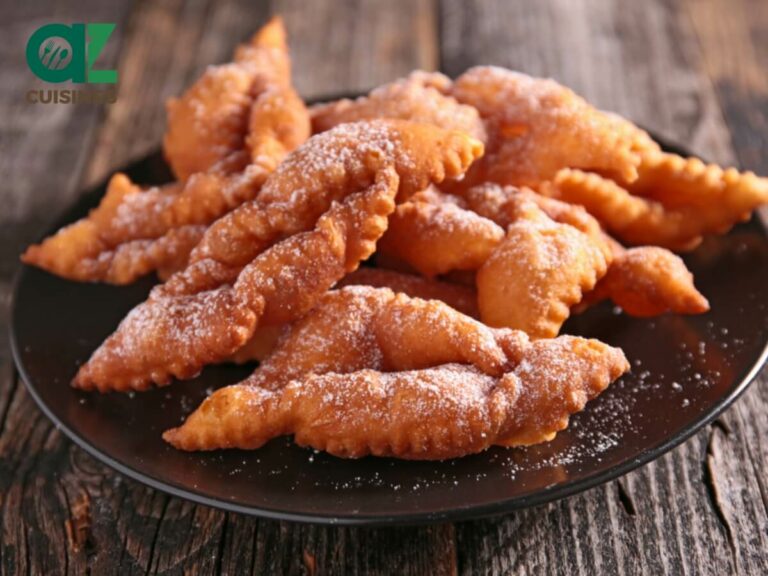
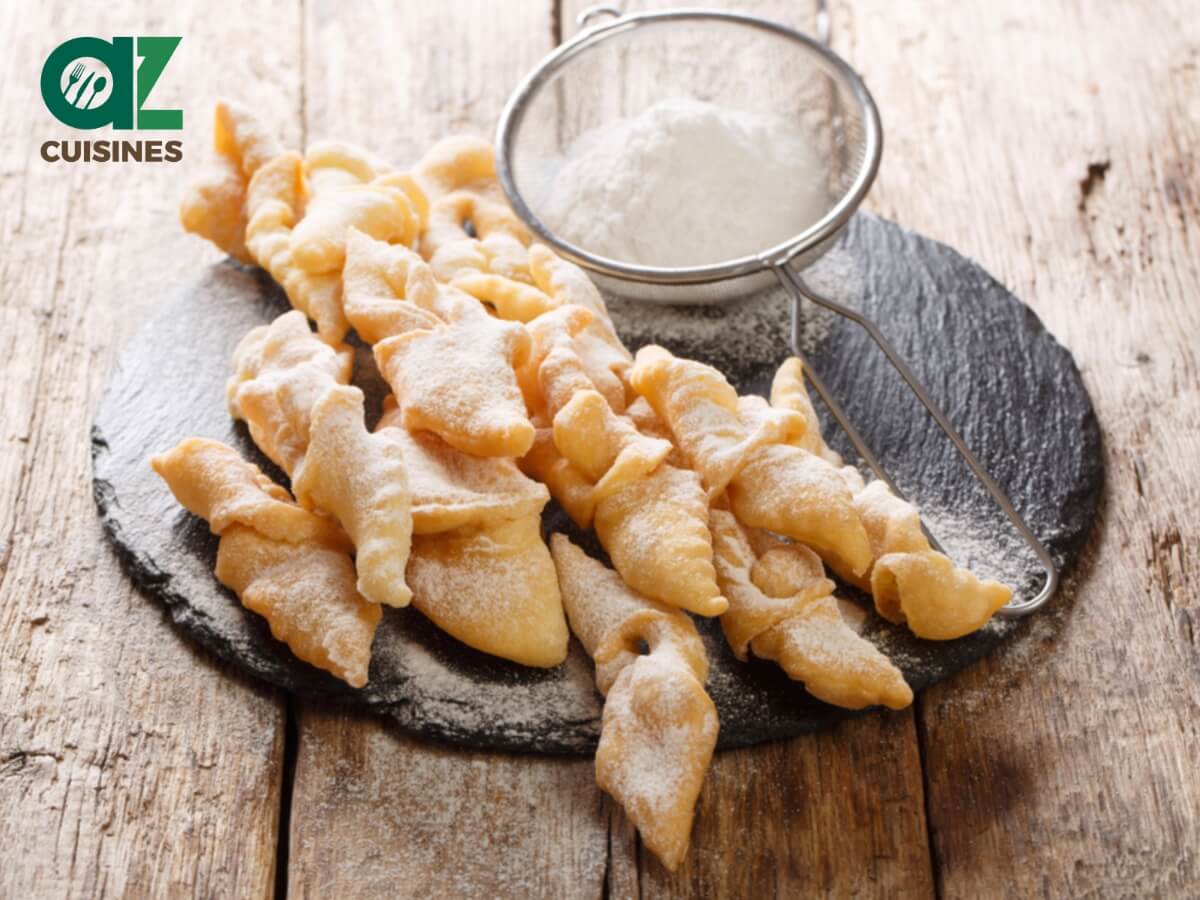

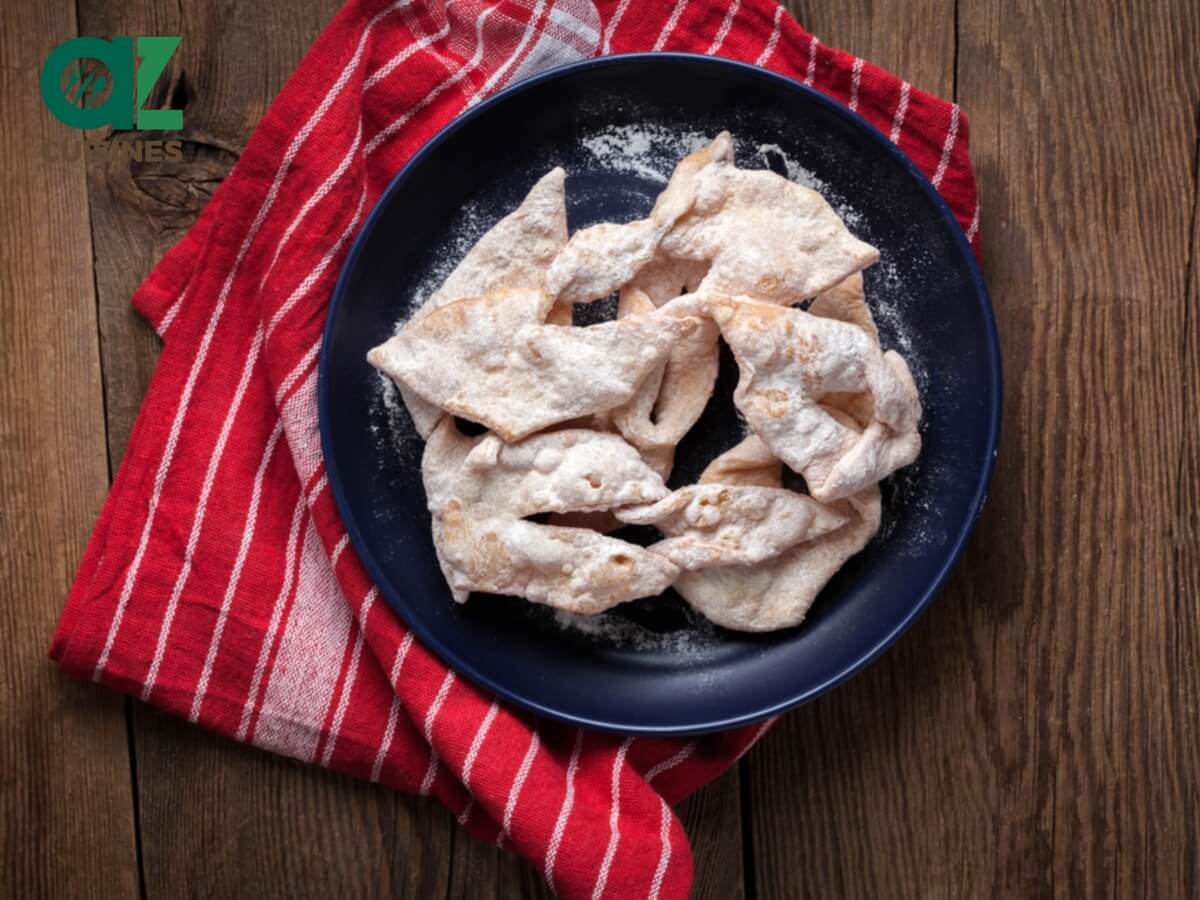
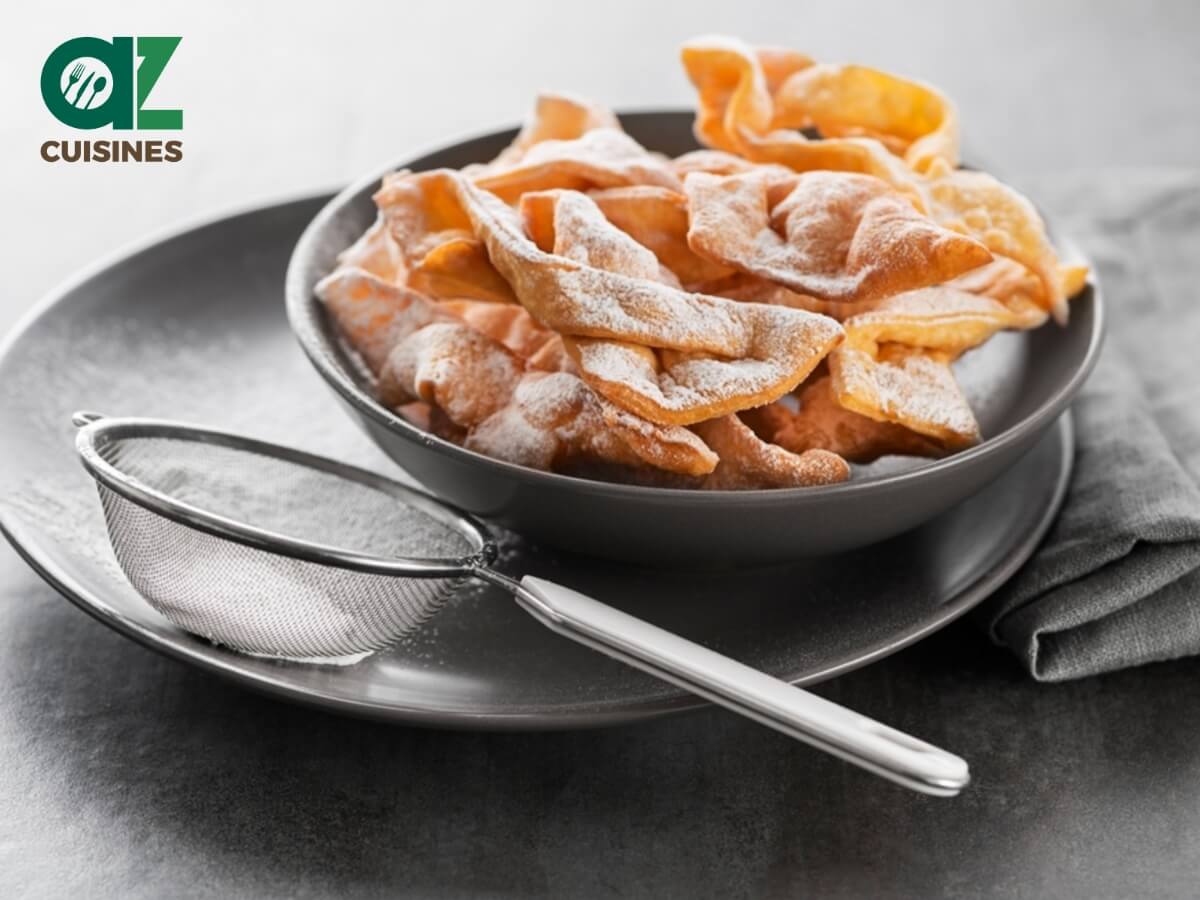
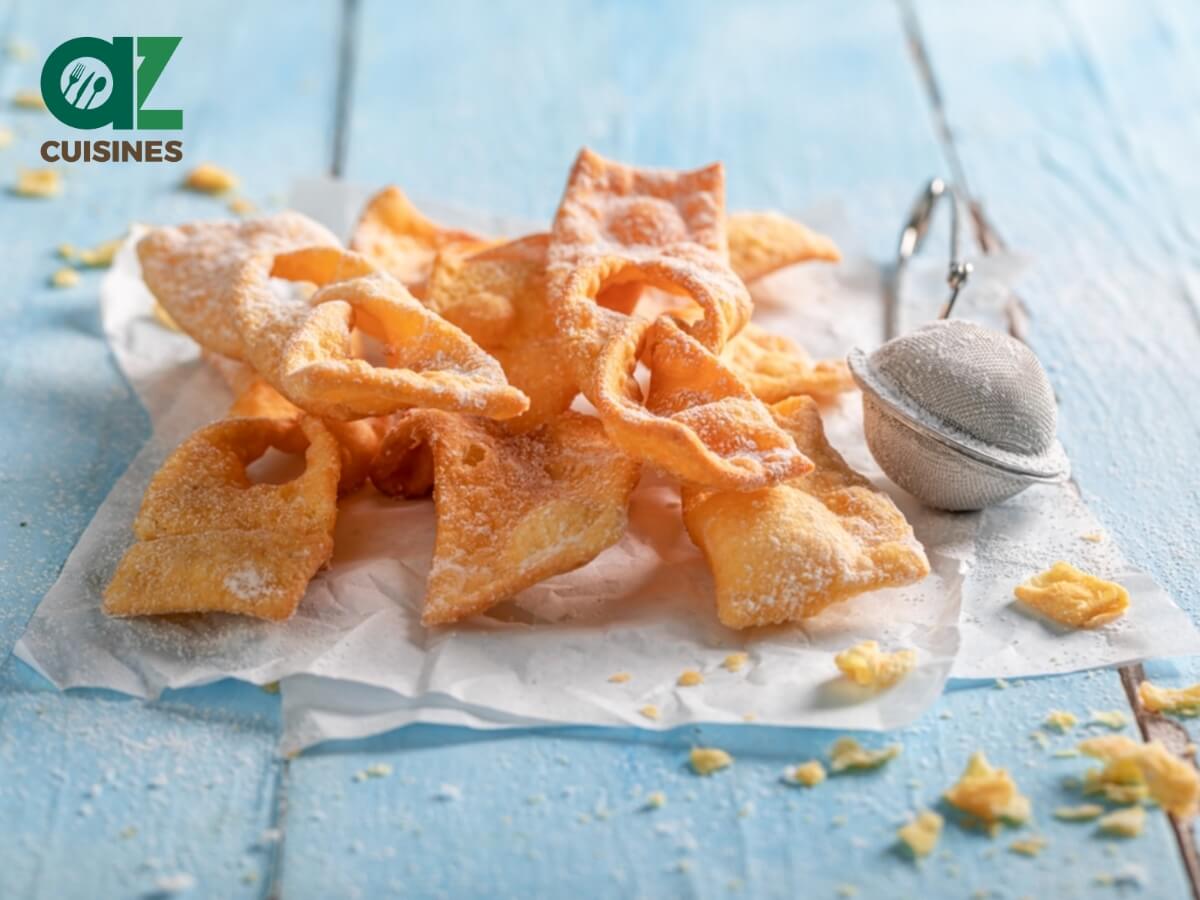

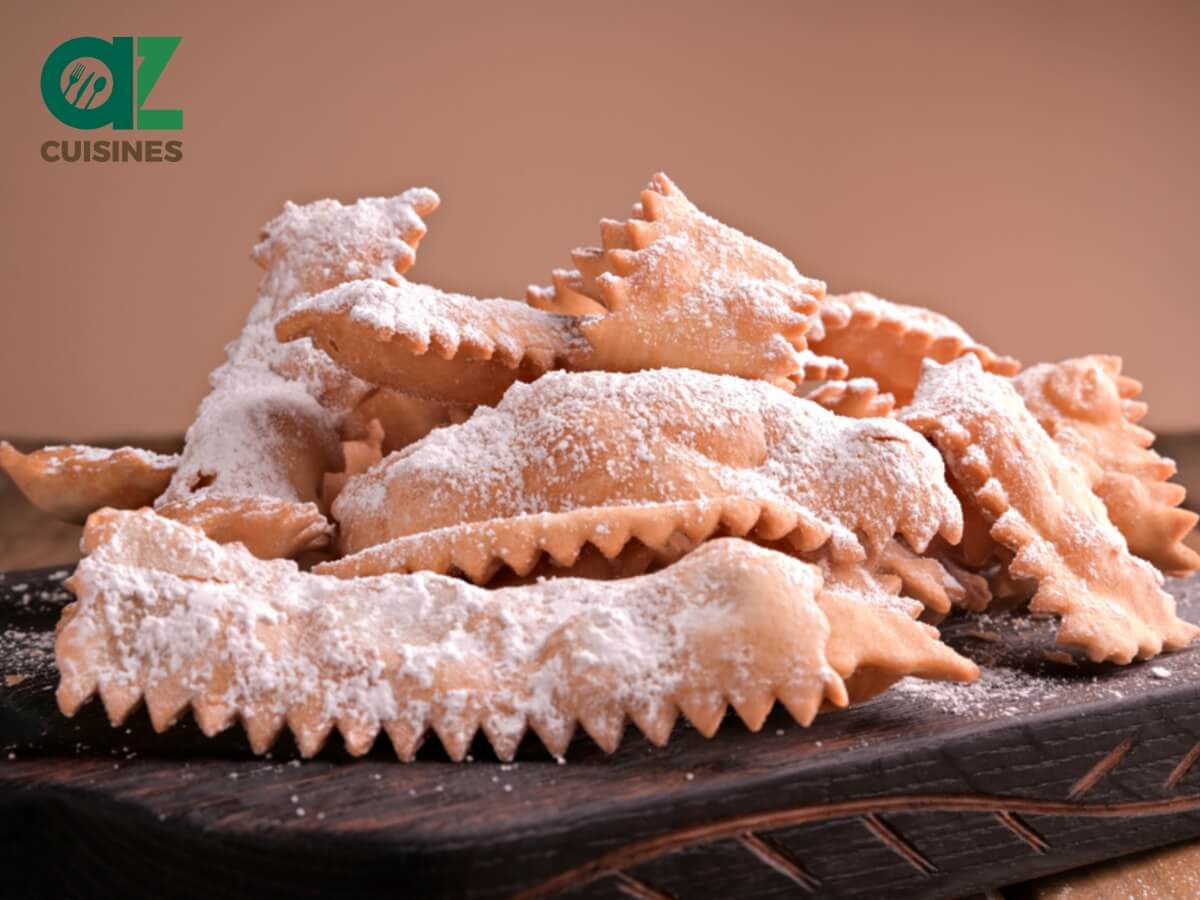
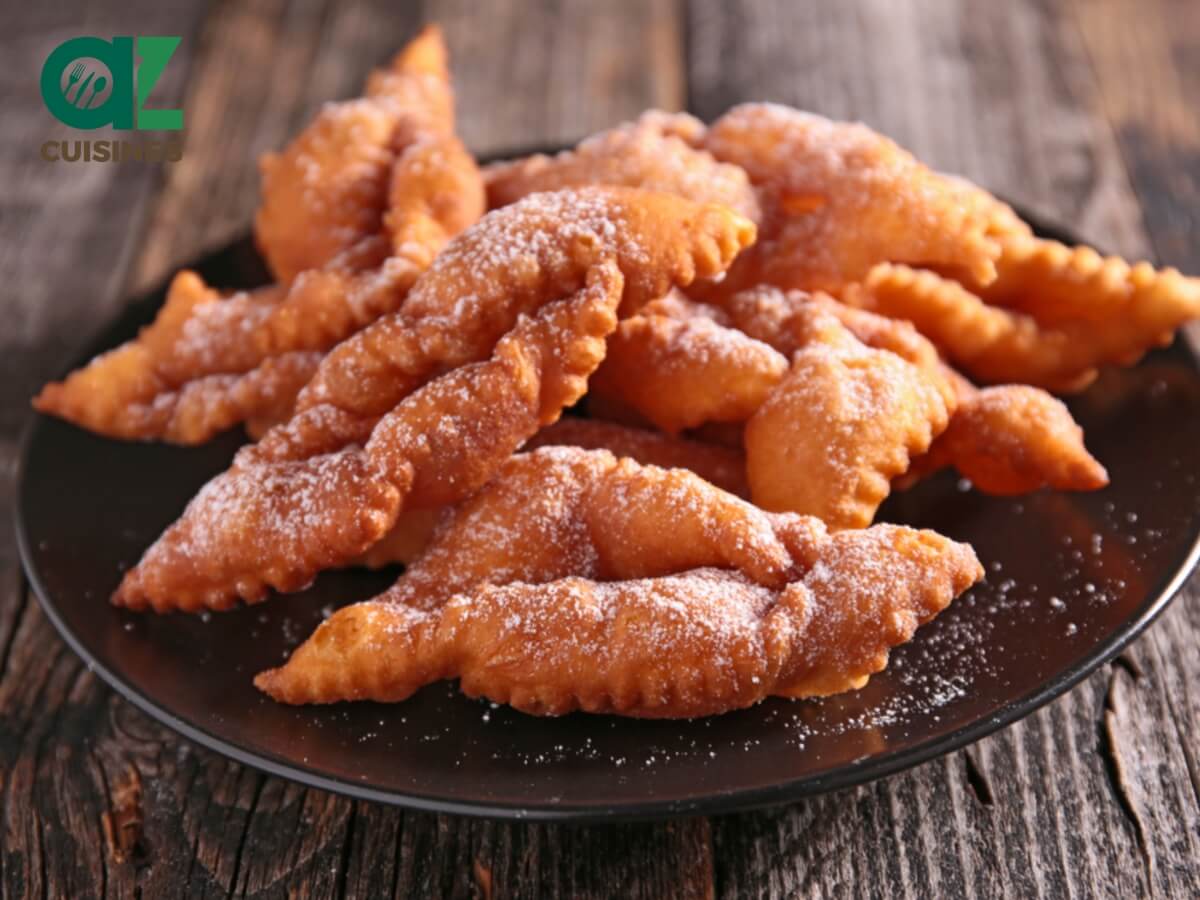


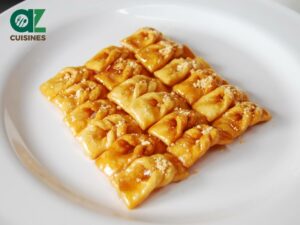
Adam Sam
Senior Food and Drink Editor
Expertise
Food Writer & Recipe Developer, Recipe Tester, Bartender, Cooking-video Maker, Editor In Chief
Education
Adam Sam, an experienced food writer and recipe developer, is passionate about blending diverse culinary traditions, national dishes, and innovative beverages, showcasing his proficiency in both traditional and modern recipe testing.
As the Editor-in-Chief, he elevates culinary content from street food to fine dining, focusing on Western cuisine and types of drinks at azcuisines.com, and is professional in creating engaging cooking videos that simplify complex dishes and ingredients.
His passion for food is evident in his writing, where he uniquely merges various cultures, traditions, and contemporary trends, skillfully combining classic recipes with modern cooking methods.